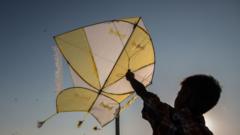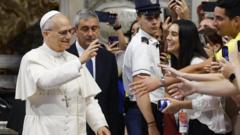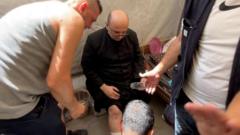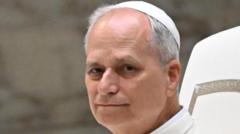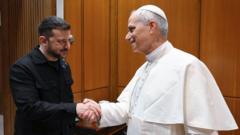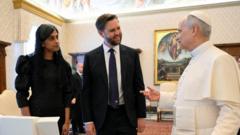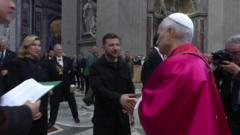As cardinals convene in the Sistine Chapel to elect a new pope, the world awaits updates via smoke signals—white for success and black for deadlock. This tradition has roots dating back to the early 19th century, evolving in method and symbolism over time.
Vatican's Iconic Smoke Signal Tradition: The Conclave's Color Coded Communication

Vatican's Iconic Smoke Signal Tradition: The Conclave's Color Coded Communication
A historic look at the centuries-old practice that announces the election of a new pope through smoke signals from the Sistine Chapel.
As cardinals gather in the Sistine Chapel for the papal conclave, the anticipation builds around a humble chimney projecting from the chapel—its smoke will reveal whether a new pope has been elected. Traditionally, white smoke indicates a successful vote, while black smoke signals a stalemate among the cardinals.
The origins of this custom trace back to the early 19th century, notably when conclaves were hosted in the Quirinale Palace, now the official residence of Italy's president. According to Frederic J. Baumgartner’s historical examination, “Behind Locked Doors,” the first documented instance of smoke as a communication tool in papal elections occurred in 1823. Before this, while ballots were incinerated, there was no systematic effort to use the resultant smoke for public announcement.
The smoke emanates from the burning of the cardinals' ballots, along with any notes from their deliberations, which are incinerated in a cast-iron stove following rounds of voting. Typically, the voting process starts with one round on the first day, followed by four subsequent rounds each day—two in the morning and two in the afternoon. Should a pope not be elected after two rounds, the burned ballots are replaced with new ones, continuing the process.
Historically, creating the desired color of smoke posed challenges. Until the 21st century, the addition of wet straw was meant to guarantee the white hue, but this method proved inconsistent. For instance, during the 1958 conclave, misleading appearances of white smoke on the second day led to public confusion as a pope had yet to be determined.
This unique tradition, steeped in history and anticipation, remains a vital part of the electoral process for one of the world’s most influential figures, signaling to millions when the Church has a new leader.


